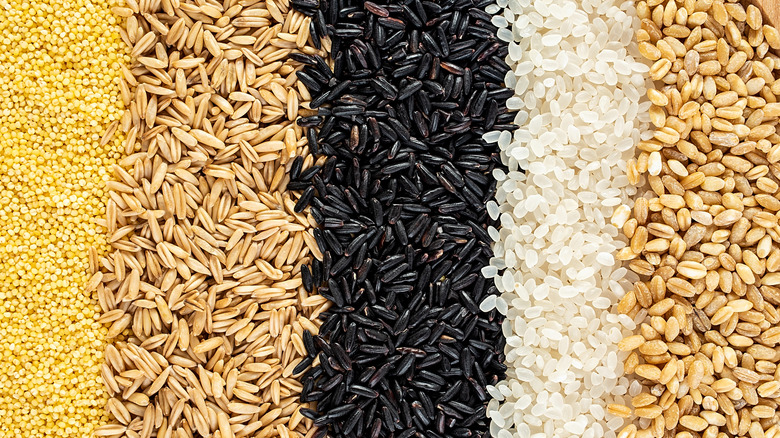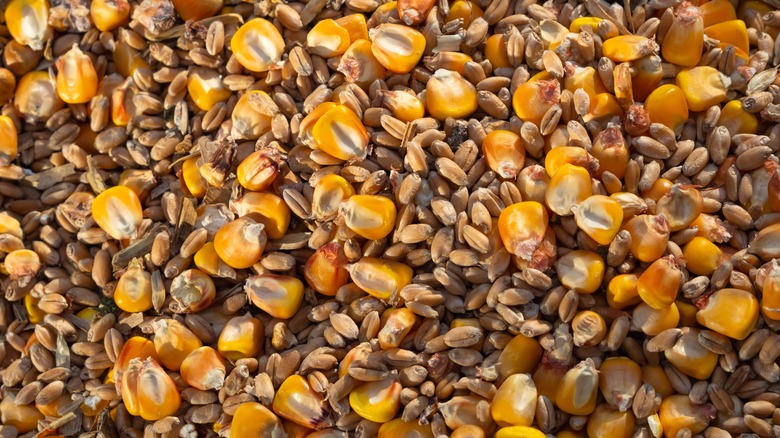What Makes Ethiopia's Ancient Grain Farming Practice Unique?
Maslin. It's a word that may seem unfamiliar, but many of our ancestors were familiar with the concept. It's one form of intercropping, which the Permaculture Research Institute explains is the practice of growing multiple crops in the same space at the same time. There are different methods of intercropping, such as row (which is what it sounds like), strip (spreading things out just enough to be easily harvested by machines), mixed (distributing crops evenly), and relay (staggering crops based on growing cycles instead of location). These can be applied to different combos, like grains and veggies or perennials and annuals. If planned correctly, intercropping can rid of weeds, fight pests and diseases, improve the ground structure, and balance soil fertility levels. In essence, it's controlled "chaos" for sustainable reasons.
Maslin is not one of the methods of intercropping but rather one of its combos: mixed species and varieties of grain in the same field, per Atlas Obscura. Estimates date the advent of maslin back as far as 8,000 B.C. or as recently as 1,000 B.C. Ancient maslin is hard to identify. Wild plants naturally grow next to one another, and foodstuff can be quite perishable, but most importantly, ancient trash heaps might have mixed grains together after the fact when they were thrown away. So, mixed grains aren't necessarily proof of maslin. Despite this, it's believed early civilizations like ancient Egypt grew it. The result was and still is more complex-tasting beverages and bread.
Maslin in Ethiopia and beyond
Ethiopia is one of many countries whose history includes maslin, yet it's one of the only countries still growing it (via Atlas Obscura). In addition to being part of the old East African spice trade, Ethiopia has also historically relied upon its native grains and protein sources, per Rumi Spice. As such, Ethiopian cuisine is a blend of earthy, sour, spicy, and tart flavors, and maslin is an integral part of that complexity. A few other nations, such as Georgia and Poland, join Ethiopia in still producing maslin. So, why have most of the world disregarded it?
There is evidence that maslin was common between prehistory and the present day, as noted by Atlas Obscura and Cook's Info. English farmers grew dredge, which is oats and barley, together. The French raised wheat and rye in tandem, which is the etymological origin of the specific word "maslin." Certain Ukrainian and Turkish words that once equated to "mixed grains" now refer to language fusions and impurity, a nod to maslin's nonuniformity. However, advances in agriculture have made cultivating single-grain fields easier and more productive. Thus, maslins lost global popularity.
However, Ethiopia and its few fellow maslin growers may not be alone forever. The sustainable benefits of intercropping make maslin well-suited for challenges like climate change. That's why some scientists and growers are pushing for maslin's return across the world, per Atlas Obscura. Only time will tell if mixed grains can grow widespread again.

